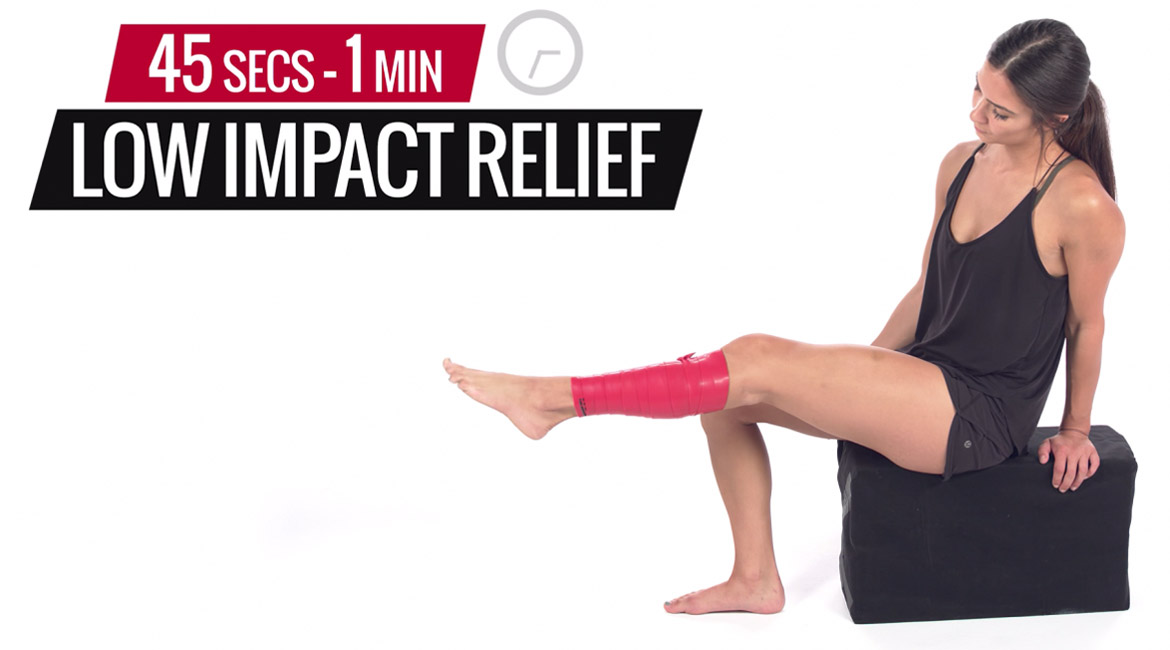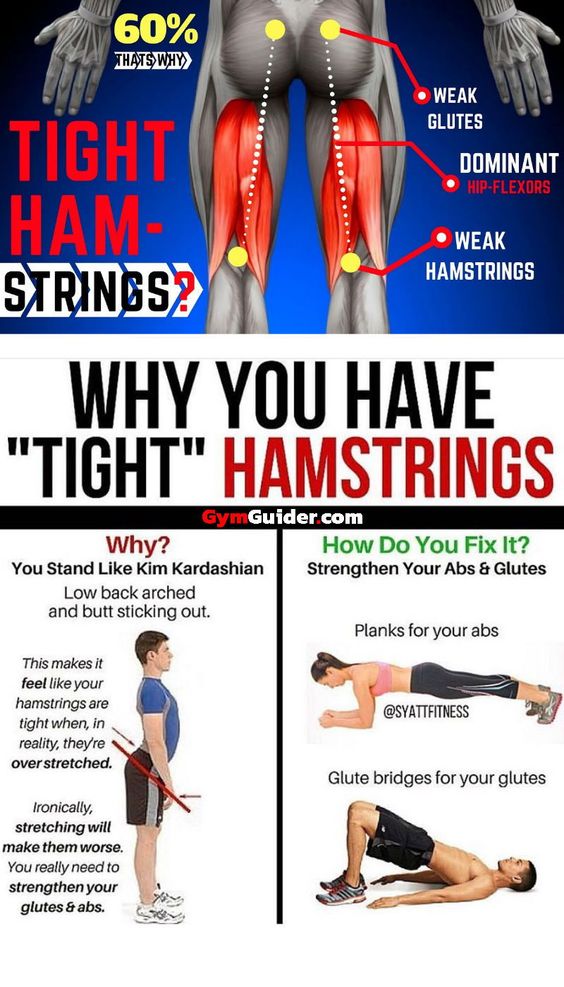Who Else Wants Tips About How To Treat Tight Calf Muscles

Blanket massage to release tension in the calves roll up your blanket until it is about three to four inches in diameter.
How to treat tight calf muscles. Smoking or using tobacco products. (if you have a thicker blanket, do not roll it up all the. Lack of strength perhaps the most common cause of tight calves is a lack of strength in the calf muscles, the gastroc and soleus.
A physical sign of tight calf muscles is a gradual tightening of the calf. One reason for a tight calf is engaging in a repetitive activity, such as running. The two primary muscles that make up the calf.
When your foot rolls too much inward or outward, it ends up placing strain on the calf muscles as they’re pulled or stretched. If the calf is exposed to repeated stress, it may tighten up. Find out how to prevent and treat tight calves with exercises,.
To stretch the soleus muscle you need to bend the knee. These are my favorite stretches and. Learn the causes, symptoms, and solutions for tight calves that can cause pain, cramps, or numbness in the lower leg.
Extend one leg behind you, keeping both feet flat on the floor and your rear knee. Overall, tight calves can limit mobility when walking, running, or exercising in general, but stretching, foam rolling, using a massage gun, changing your footwear,. Lie on your back with knees bent, feet flat on the floor.
Keeping your ankle and calf muscle mobile through exercises such as stretching or moving a joint through its full range of motion may help prevent calf. This leads right to the next possible reason for. Have i got tight calf muscles?
Runner's stretch face a wall and stand 12 inches away from it. 6.5k 303k views 1 year ago quickly relieve calf muscle tightness and pain with these effective exercises you can do at home! Method 1 doing calf stretches 1 warm up before you stretch.
Beginner how to release tight calves in 8 minutes with 2 stretches we use our calf muscles when we walk, run, stand, exercise, and play sports. Short or tight calf muscles. Lift one leg perpendicular to the floor (or as far as your flexibility allows), pointing your heel toward.
Low electrolytes due to dehydration or dialysis (a procedure to clean your blood).


















